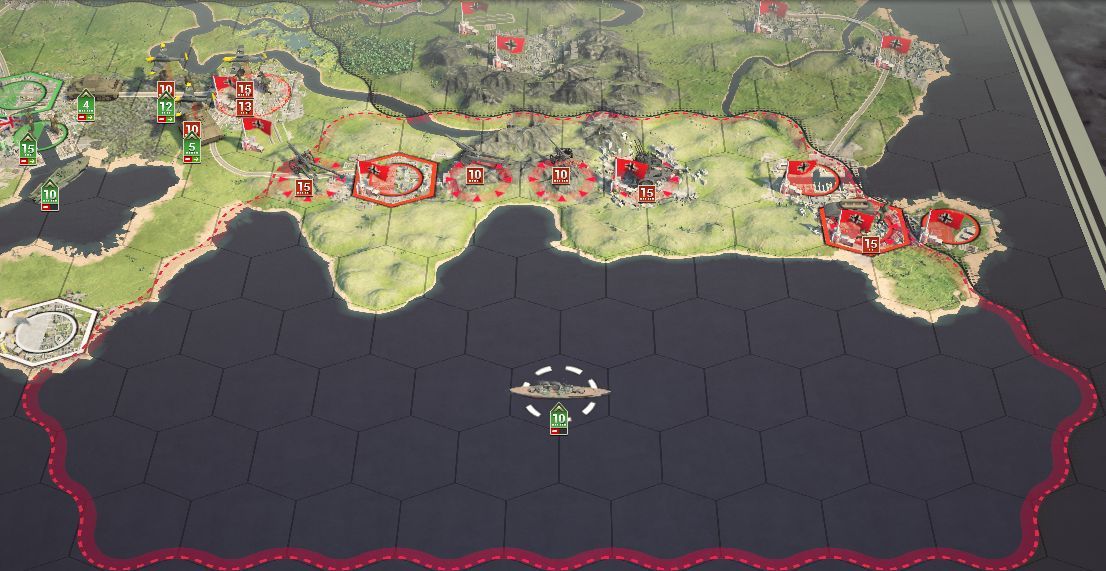PoorOldSpike wrote: ↑Sat May 30, 2020 9:19 am
Question- just to digress, can any naval experts here tell us why historically around a thousand crewmen were killed when the Tirpitz was sunk in the Norwegian fiord?
I've got two books about the sinking and have googled around but still can't find an answer.
I mean, the Tirpitz had 36 guns of all calibres and surely they didn't need over a thousand men to man them?
So I'm wondering why the surplus men weren't safely billeted on the shore?
Tirpitz clobbered vid-
https://youtu.be/feDAf0lrpeA
I wouldn't claim to be a naval expert, but I do believe that large warships like the
Tirpitz had
a lot of jobs that the crew need to handle--there's much more to do on board than just manning the guns! Remember that the ship needs people to do everything from operate radar systems, comms, range finders, swab the decks (and swab them some more even after they have a mirror finish), plot the ship's course, conn the ship, keep the engines fueled, and even to cook the slop that barely passes for food to keep the crew somewhat well fed. Add that you'd also need officers to coordinate the efforts of the crew and more men to keep everything working from guns to turbines to even the heads (i.e. toilets to landlubbers) throughout the crew quarters, and these are just the more mundane jobs I can think of from the top of my head. Consider a ship that size as a bit like a floating base, and it makes sense why there would be so many men on board.
Of course, a battleship like the
Tirpitz could definitely operate and fight with a much smaller skeleton crew, but that would lead to a corresponding loss in efficiency since the men would need to all wear multiple hats. As for surplus men, remember that there are only 24 hours in a day, and no amount of Pervitin can permanently eliminate the need for sleep. The
Tirpitz himself doesn't sleep, but the men on board certainly need to (or risk very unpleasant consequences for ship and his crew), so having a redundancy of men on board means they can work in shifts to keep him afloat and battle-ready.
NB: I refer to the
Tirpitz as "he" because if I recall correctly, the Kriegsmarine convention was to use the masculine pronoun with the
Bismarck and
Tirpitz rather than the feminine pronoun normally used with ships.













